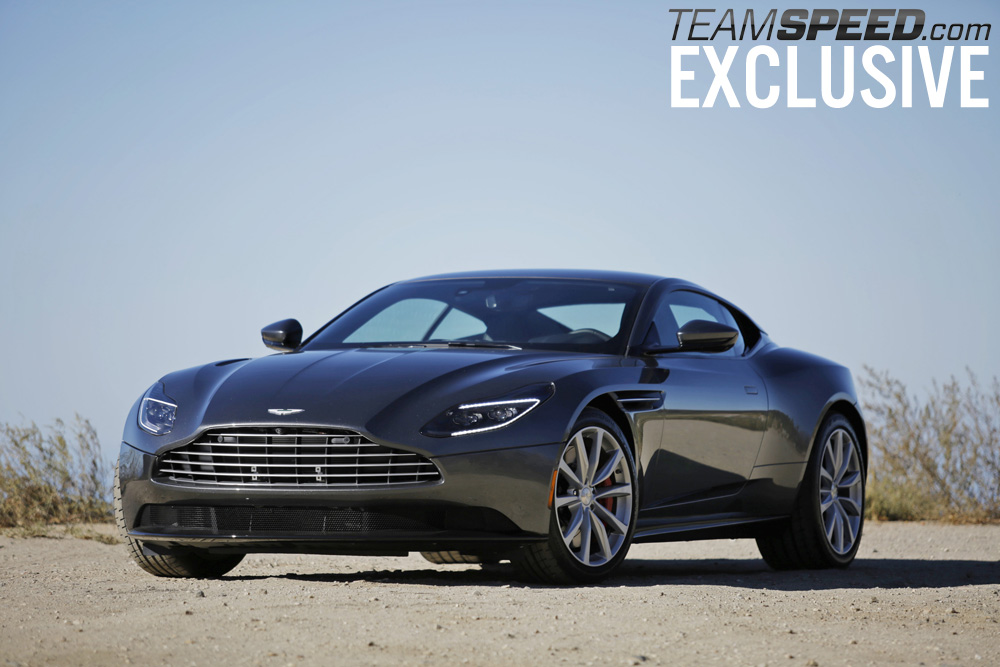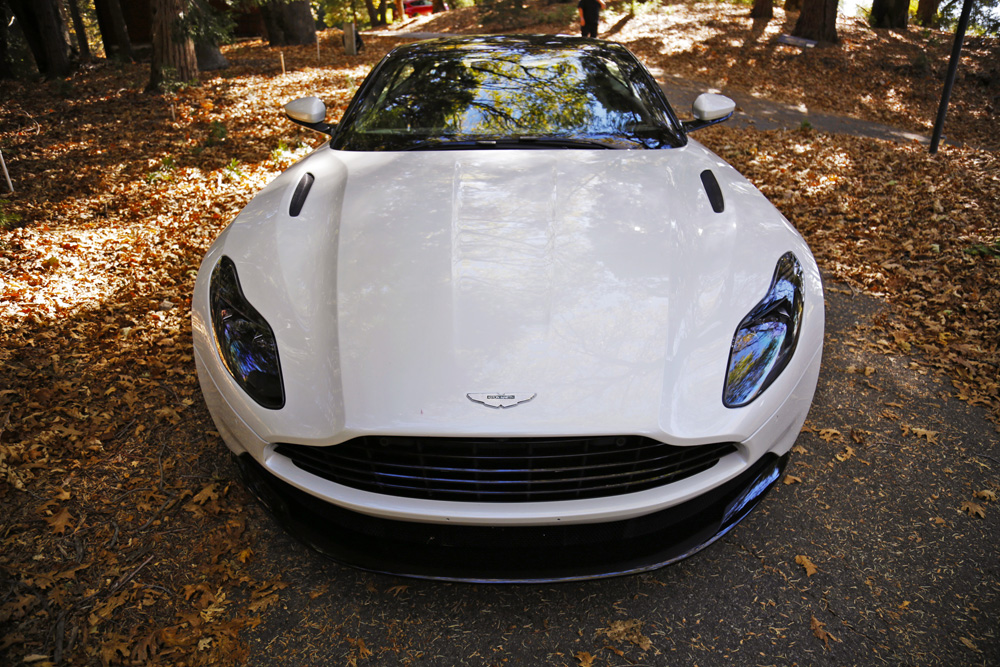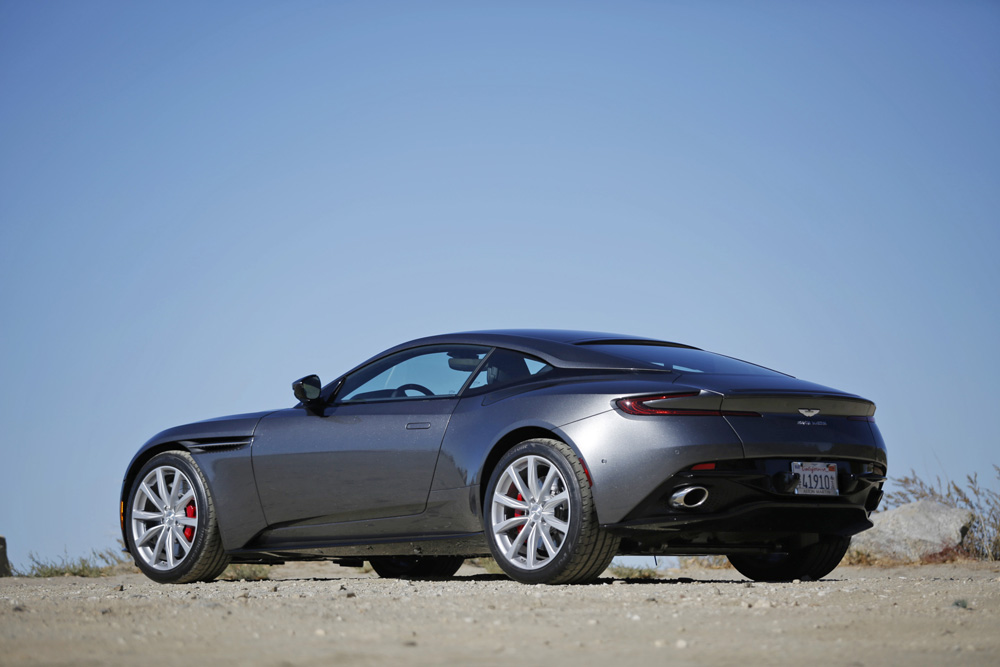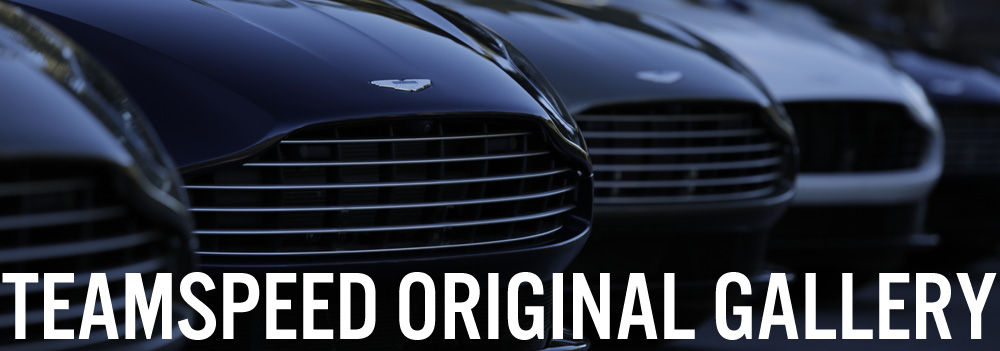Aston Martin DB11 V8 First Drive

Here’s a case where eight is better than 12.
Within the first 30 seconds of twirling the new V8-powered version of the Aston Martin DB11 through Palomar Mountain’s ribbony tarmac, I’m ready to pull a Maria von Trapp and falsetto from high above San Diego that the hills are alive with the sound of an improved grand touring car.

You can still get the V12 that was on offer last year — that hasn’t gone away — but for 2018, you can now order a V8 in your Aston Martin DB11 cocktail. And after having my von Trapp medley projected through Palomar’s canyons, and likely upsetting countless numbers of migratory birds with my musical non-talent, I’ve come to the conclusion that I’d rather not have the V12.
Picture loading the nose of your Costco shopping cart with a 253-lb. dumbbell, and you’ll begin to understand why the much-lighter V8 version demonstrates its superiority by the first corner. There is one law that supersedes the law that there is no replacement for displacement: “Simplify, then add lightness.” Admittedly, that’s a quote from Lotus founder, Colin Chapman, but it’s the most transformative fundamental engineering law when it comes to improving any car.
“Adding power makes you faster on the straights. Subtracting weight makes you faster everywhere,” Chapman voiced. And it’s that principle that delineates the difference between the V12 and V8 model. The 600-horsepower V12 we tested earlier this year could crack off a naught to 60 in 3.8 seconds, and propel itself all the way to a 200-mph top speed. The V8 model is one tenth slower to 60 at 3.9 seconds, and with a 187-mph top speed, is 13 mph shy of the V12’s terminal velocity.
So the numbers favor the V12 in terms of every gearhead’s favorite game of Car Spec Bingo, but they’re just numbers, and fail to illustrate why the less-powerful V8 is the better choice. Stab the throttle in the DB11 V8, and you feel an immediacy that’s absent in the V12. Less mass makes the eight-cylinder version feel faster, even after 100 mph. Once you approach 140, you begin to feel the 97-horsepower deficiency, but it feels minor. So minor, in fact, that you begin to sense that the 187-mph top speed is a somewhat conservative figure. I think this car can bump its nose against 195 … maybe 200 if the conditions are right.
Repeatedly the Aston Martin PR folks told us not to validate the 187 mph claim. The obvious reason was that they weren’t about to spend a dime to bail us out of jail, but I also suspect the repeated reminders to avoid exploring V max were to keep us from discovering that no matter which engine you choose, the Aston Martin DB11 is a 200-mph car.
The Mercedes-AMG V8 operates on one simple principle: if you hammer the throttle, prepare to console your neck.
Whatever the true numbers might be, the seat of my pants favors the V8. It’s immediately more satisfying to drive. As my watch’s second hand began to sweep upward past my first thirty seconds, I found myself scratching my head as to why anyone would get the V12. The only reason I could conjure would be bragging rights. Many people in this car’s customer base want to be able to say that their car is the one that has more, and that’s almost the only thing the V12 version does better than the V8. I say “almost” because there is one thing the DB11 V12 does better than its “lesser” sibling. When you’re driving leisurely between the shops, there’s an effortlessness the V12 offers that you don’t feel as much in the V8.
In the V12, it’s as though there’s a magical force field pulling the DB11 forward. The V8, in contrast, feels three-dimensional, logical, or cause and effect… all German qualities. Perhaps that’s because the V8 that powers this new version of the DB11 is, in fact, German. It’s the 4.0-liter Mercedes-AMG M178 that you’ll find in land missiles like the Mercedes-AMG GT S and C63 AMG. Speaking to the cause-and-effect logic, as in the Mercedes-AMG products mentioned above, the M178 operates on a simple principle: if you hammer the throttle, prepare to console your neck. But that’s about where the Teutonic traits end as Aston Martin has bequeathed the M178 with a proper British character, although more befit a Guy Ritchie English gangster movie than Netflix’s The Crown.
I’m not talking about a German wolf in an English sheep’s clothing here. This is a proper dual-citizen. The AMG V8 in the Aston sounds nothing like what you’ll find in a Mercedes-AMG product. Gone are the intimidating low-frequency burbles for which AMG V8s are famous. Instead, Aston Martin heightens the mid-tone frequencies to make this more of a charmer. The original M178 sounds like Rammstein’s lead singer, Till Lindemann, full of warble and a deep resonance that booms through your chest cavity as he yells “Feuer Frei!” into his mic. Aston Martin has softened the Mercedes industrial metal exhaust note into a more charming rock and roll. Think Billy Idol, smirking in a smoking jacket with a pipe in his mouth.

This car’s voice matches its handling characteristics. It has its British quirks at about eight-tenths, but as soon as you gather the courage to drive past them, it’s like the DB11 is doing some well-natured teasing, and then turns into a performance beast on the limit. Aston Martin would be wise to spend more time on its Dynamic Torque Vectoring (DTV) programming, though. When moving quickly through tight corners, the system makes the DB11 feel like an old all-wheel-drive car with a locked center differential.
It’s an odd feeling when a rear-wheel-drive machine gives you the sensation that the rear axle is fighting the front axle. If you fail to push the car past eight-tenths, you’ll exit the vehicle asking, “What the hell’s wrong with this thing?” But fortune favors the bold. You must push this car those last couple of tenths. That’s when the mid-corner torque vectoring interference goes away, and this DB11 begins to handle like something with 51 percent of its weight over the rear axle. At corner exit, the weird DTV programming comes back and gives you the sensation of torque-steer, but thankfully, those weird tugs through the steering are minimal, and actually give the car some character.
As long as you are brave enough to drive past this car’s quirks, when the time comes to step out of the DB11 after a spot of hooning about, you’ll want to look back at it, lightly brush your knuckles across its chin, and tell it, “Aye, mate. You ‘avin’ a laugh?”
You don’t have that kind of rapport with the V12-powered DB11. Yes, the extra four cylinders can feel ethereal around town, but the V8 is better everywhere else. I understand, though: $17,500 is a small price to pay for those who can afford this car, and those who want the bragging rights, but at the end of the day, it’s the V8 that’s the better car. The DB11 V12 is great, but you can actually apply human attributes to the V8-powered model.
Ironically, like Maria, it took German love to give the DB11 the magic I always knew it could have, and now “My heart wants to sing every song it hears.”















